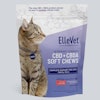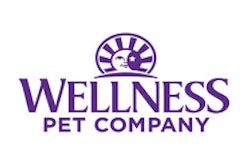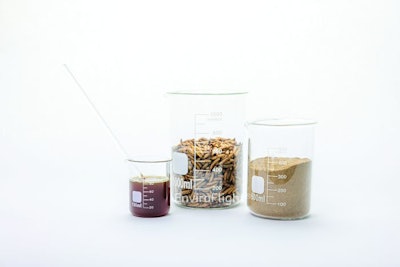
The growing interest in and desire for alternative protein sources in pet food is multifaceted, the result of several different industry trends converging at a time when the same idea in the human space is becoming increasingly more mainstream.
“There is a lot of interest in the industry about alternative protein needs, particularly on the human food front, and this trend is already moving fast into the pet food industry,” said Juan Gomez-Basauri, Ph.D., global director for specialty ingredient and supplement provider Alltech. “Various interests in alternative proteins include sustainability, ecological concerns, animal welfare and food security, as well as better health and nutrition. The need for alternative sources of protein comes at a time when we are experiencing multiple world crises including the post-(COVID-19) pandemic, the Russia-Ukraine war and shortages in the food supply chain, all of which jeopardize the 2030 United Nations agenda for sustainable development.”
There’s a lot to consider when it comes to alternative proteins in both the human and pet food spaces, such as sustaining demand, environmental impact of ingredients and regulatory compliance. So, what are these ingredients the pet food industry is using as they expand their alternative protein portfolio?
Egg: A relatable protein source for those looking to diversify their pets’ diets
Eggs are high in protein, highly digestible and have a solid amino acid profile. What’s more, they’re easily recognizable to the humans who may be looking to provide their pets with a more diverse diet that doesn’t necessarily include meat every day, but still has an animal protein they can get behind.
“Egg as an alternate protein source could provide several benefits such as clean label, formulation value in terms of protein quality and amino acid profile, as well as functionality benefits such as binding ability in wet and dry diets,” said Dr. Shiva Raghavan, principal scientist for natural ingredient (chiefly egg and chicken ingredients) provider Nutrios, the nutrition brand of Symrise Pet Food. “Egg is also easily recognizable and acceptable by consumers and can balance out variability in nutrient profile of other ingredients.”
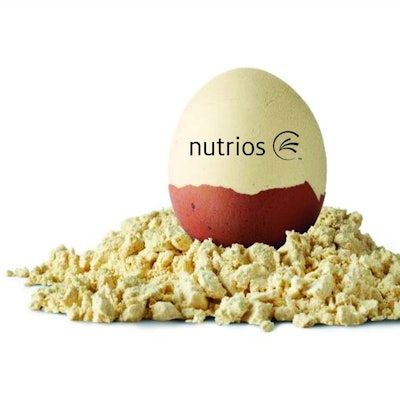
“From a food standpoint, our approach as a company was more saying okay, it’s a pet food category, we use a lot of meat products, but we also see from pet parents that they’re willing to try vegetarian products,” said Dr. Danielle Bernal, BVSc, global director vet nutrition at Wellness Pet Company. “So that’s why we launched our plant-based formula.” Wellness has released a plant-based-with-eggs formula in its CORE Digestive Health line.
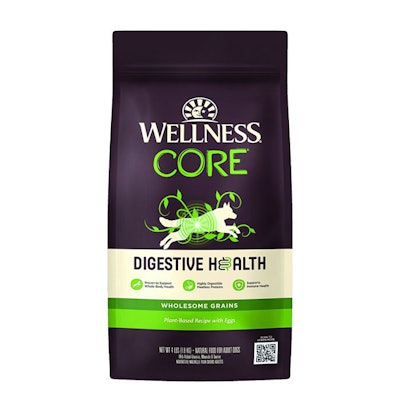
Providing an alternative protein is the idea behind Wellness’s recent expansion of its CORE digestive health line to include a plant-based + egg formula. | Courtesy Wellness Pet Company
“What we saw, however, is that there’s still a lot of uncertainty around: ‘Should I be using it?’ ‘Isn’t my dog an omnivore?’” said Bernal. “Education is essential. Sixty-three percent of pet parents said they’d be more willing to try a plant-based product if it had egg in it. So, taking more of a meatless approach, but still having some form of animal protein in there. Eggs are a gold standard protein; they’re highly digestible and you don’t need much of them.”
Eggs have a lot of promise as an alternative protein source in future formulations, especially in the premium pet food spaces.
“Egg is considered by most as a premium protein ingredient,” said Raghavan. “Therefore, the growth potential is with products catering to the premium segment of the market and with how egg proteins are positioned on labels and claims.”
Yeast: A sustainable non-meat protein source
In the review article “Yeast protein as an easily accessible food source,” published in January 2022 in Metabolites (a peer-reviewed, open-access journal of metabolism and metabolomics), yeast is presented as a viable protein option for food consumption: “With the growing population, yeast protein seems to be an attractive alternative to traditional protein sources such as plants and meat,” said the paper. “Moreover, yeast protein biomass also contains trace minerals and vitamins including B-group. Thus, using yeast in the production of protein provides both valuable nutrients and enhances purification of wastes.”
While not nearly as well known as other protein sources, yeast is being used in pet food as such.
“We’re using dried yeast, and if you’re familiar with yeast you know it’s high in protein,” said Abril Estrada, chief product officer for Wild Earth, which offers plant-based dog food with a focus on high-quality, cruelty-free ingredients. “But then we started digging into it a little more, and we looked at yeast for more nutritional content. The yeast cell wall has a lot of healthy fibers, it’s really good for your gut health. Yeast has a lot of B proteins and a lot of additional micronutrients. It was really just a big bang for our buck when it came to a whole ingredient that wasn’t meat.”
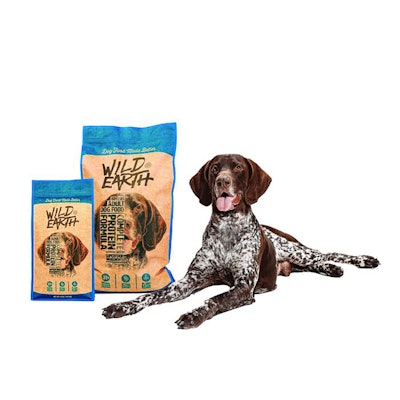
One of the high notes yeast hits is its potential ease of use for manufacturers.
“Because brewer’s yeast is naturally high in protein and has a balanced composition of essential amino acids, it can substitute 1:1 for most other proteins,” said Dr. Tom Asquith, director of R&D for Emmert, which provides yeast products for pet food formulas and livestock feeds. “At typical inclusion rates, Emmert studies show that yeast does not affect equipment settings or kibble properties and can boost the impact of palatants. That holds a lot of value for manufacturers and brands,” as do “brewer’s yeast’s inherent high-quality protein, consistent nutrient content, sustainability, reliable sourcing and health benefits.”
Insects and cultured meat: The forefront of alternative protein innovations
Insects are a hot topic in the alternative protein space as the possibilities continue to grow for their use in pet food formulations. They are yet another protein source that checks a lot of boxes: Sustainable, nutritionally dense, functional … as the idea grows in consumer acceptance, so too does it grow in potential.
“Insects provide a sustainable protein source, producing much more protein per acre of land while using less feed and water compared to traditional protein sources,” said Carrie Kuball, vice president of business development, sales and marketing for EnviroFlight, which provides black soldier fly larvae (BSFL) as a feed ingredient. “Consumers are excited to have a new ingredient option that is sustainable and environmentally friendly. Over the last year, EnviroFlight has seen an increase in demand for BSFL in the pet market ever since 'adult dog' was added to the Association for Animal Feed Control Officials (AAFCO) BSFL definition. Customers are excited to produce products with a new novel protein that also provides a remarkable sustainability story, something the pet industry hasn't seen in many years."
Cultured, or cultivated, meat is truly a novel idea that is slowly gaining steam in both the human and pet food spaces as a future food option. According to the Good Food Institute, cultured meat “is genuine animal meat, including seafood and organ meats, that is produced by cultivating animal cells directly.” The idea is to provide animal protein without ever having to raise and farm animals for food.
“The biggest challenge associated with introducing sources of alternative protein in the pet food space is that dogs and cats are taxonomic carnivores,” said Dr. Shannon Falconer, M.Sc., Ph.D., CEO and co-founder of Because, Animals. “Although dogs are metabolic omnivores, cats in the wild really do need to consume another animal to obtain all of their nutrients. So, despite that people might be interested in feeding themselves more meat alternatives, there is much more hesitation from people when it comes to people feeding their pets. People want to feed their pets meat. And this is why Because, Animals is not creating a meat alternative, we are creating meat — we’re just making that meat in an alternative way.”
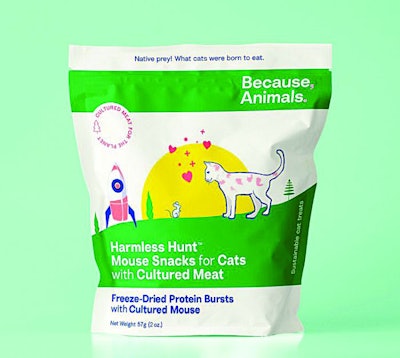
Because, Animals is working on cultured meat products for both dogs and cats, including lab-grown mouse. | Courtesy Because, Animals
“Our cultured meat-based pet food is not yet commercially available,” said Falconer. “However, we have received tremendous interest, both unsolicited and in surveys asking pet parents if they would be interested in feeding their cats and/or dogs a diet containing cultured meat, and responses have been overwhelmingly positive.”
3D printing pet treats with plant, insect, algae protein


